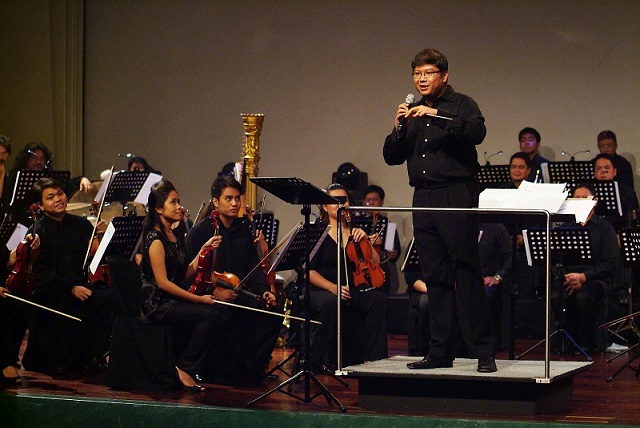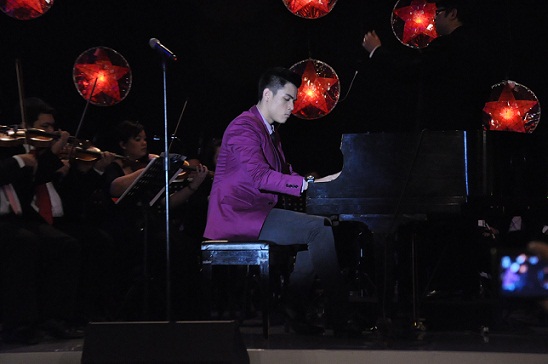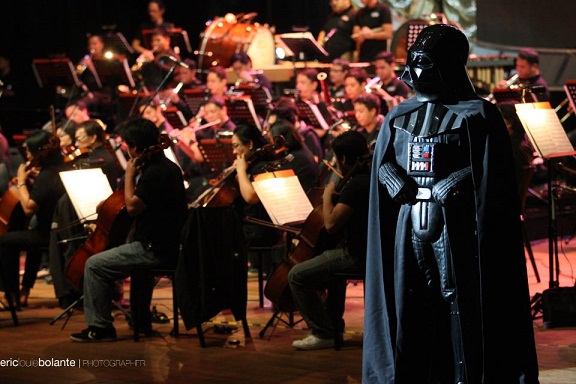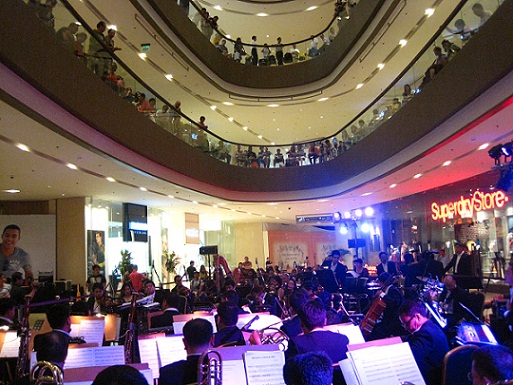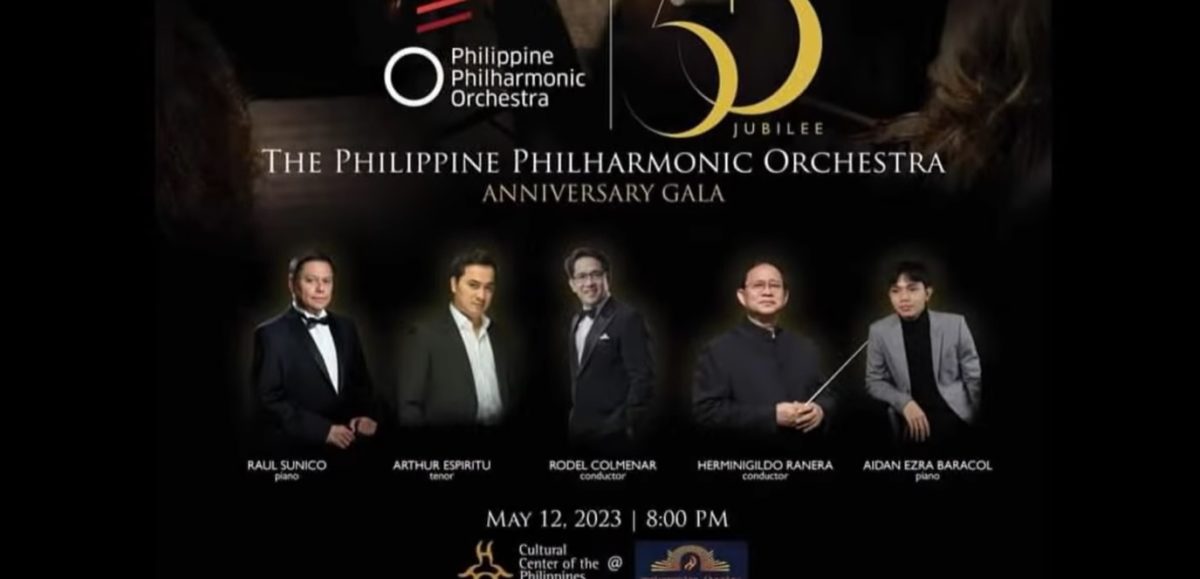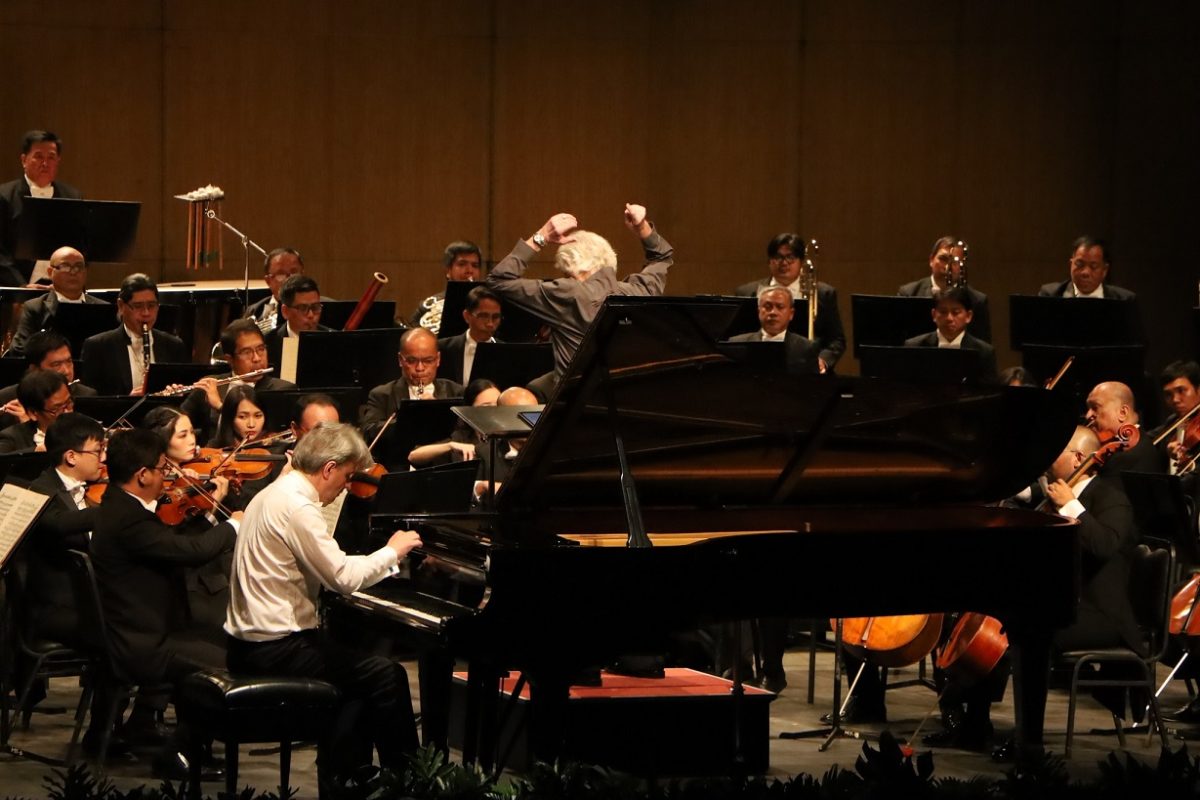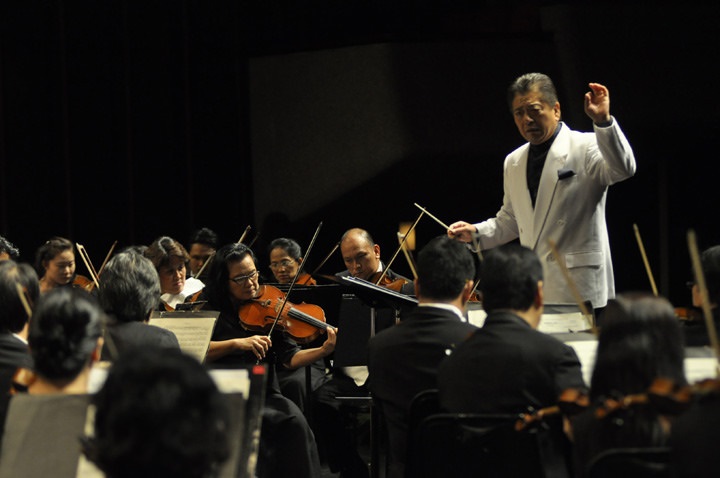
By Pablo A. Tariman
There is a virtual feast of Beethoven’s Ninth Symphony at the Cultural Center of the Philippines as the Philippine Philharmonic Orchestra under Maestro Yoshikazu Fukumura mounts one version on Friday, October 14, 2016 and another performance the following day, October 15, 2016 this time with the ABS CBN Philharmonic under the baton of Gerard Salonga.
Another version of the same piece is due in December with the Manila Symphony Orchestra mounting the same masterpiece under the baton of Arturo Molina.
Tenor Arthur Espiritu who is soloist of the ABS CBN Philharmonic first sang the tenor part with the Oulu Sinfonia of Finland and reprised it later in Milan, Italy under the baton of the celebrated Chinese conductor Xian Zhang conducting the La Verdi Orchestra.
He expounds on the relevance of the Beethoven masterpiece thus: “It is such a wonderful piece in which we can all reflect on what’s happening in the world today. Schiller’s lyrics are just the right words to make amends with all the tragedy happening all over. Truly, it is an astonishing gem of piece that would apply to what we all feel now. The symphony is a true testament of God telling the world to just stop the madness and just get along.”
Soprano Camille Lopez Molina has sung the part four times — twice as alto, and twice as soprano the last one being in the 2012 performance in Hong Kong with the Hong Kong Bach Choir and Orchestra under Maestro Jerome Hoberman.
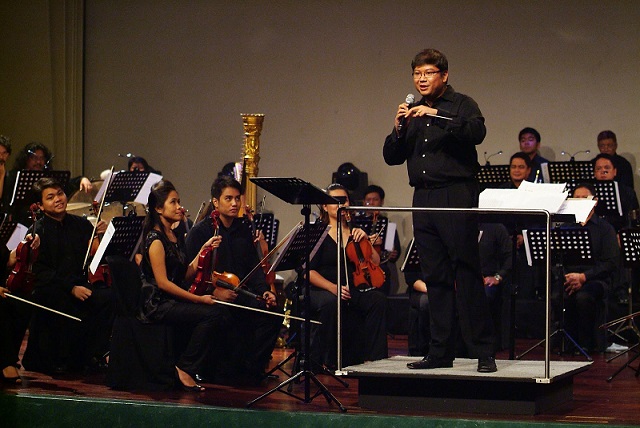
She points out: “I’ve always loved this symphony, and the last movement is magnificent! But I thought that in the film ‘Immortal Beloved’ when they used the music while showing Beethoven finally escaping from the clutches of his abusive father, running through the forest, and finally floating on his back in a lake reflecting a star-studded sky – my throat tightens every time that scene comes to mind. This music echoes that Beethoven has come to terms with his life and can finally leave all the pain and bitterness behind, forgive his enemies, and accept that he is finally happy. The fact that the fourth movement is entitled An Die Freude (Ode To Joy), you can deduce that it is all about peace and brotherhood and a world co-existing under the benevolent gaze of a loving father, our Creator. It is a prayer glorifying God uniting all of us.”
Tenor Espiritu admits the music set by Beethoven from Schiller’s Ode to Joy is monumental and has lifted the landscape of symphonic music to the realms of the ethereal.
He defines interestingly the vocal challenge of the piece: “There are these rhythmic traps because Beethoven likes using certain rhythmical anchors to further lift the pianissimos and fortissimos of this behemoth piece. It was with Beethoven that the demand for the size and bigger sound of the orchestra has become the usual order. For the 4th movement, it is a great challenge to be taken by the rhythmic patterns. This is true especially on the tenor solo using the sound of the Turkish March. I am always taken by surprise with the entrance of the tenor solo. Singing on Froh, froh! It does start on the downbeat but it is tricky because of the prior bar or two before using tied dotted quarter notes and quarter notes therefore deceptively altering the feeling of the meter. ”
He shares his experience in dealing with the challenge:””So, you really have to count a strong 2 before you enter. Or just ask very nicely to be queued in by the conductor. Moreover, I did enjoy the beautiful phrases and I remember how long it took me to get it into my voice. It is a very difficult piece to sing and it has so many vocal challenges. You really have to make it sound pleasing, or else the orchestra dies along with you.”
Soprano Camille Molina says the Beethoven opus is an ensemble piece for the alto and she finds it not particularly difficult to learn. “Actually, I’ve always been comfortable singing a lot of alto parts in sacred and symphonic works, especially since there are always more sopranos around.”
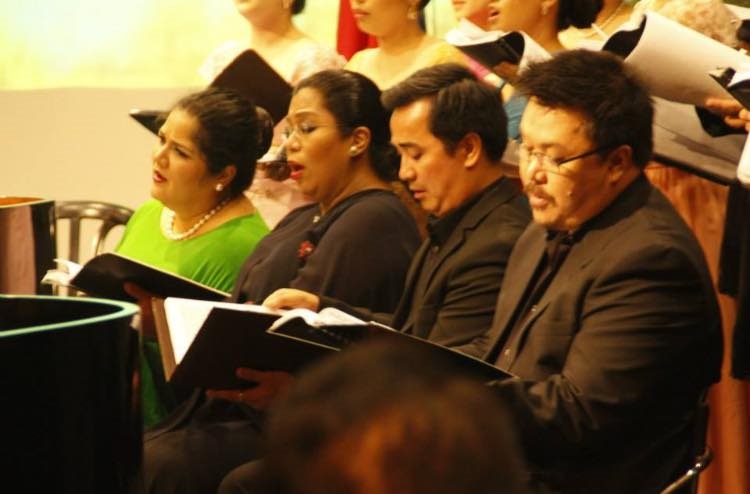
Her preparations: “I study the score and learn my part – meaning the music and the text – then put it in the context of the other voices first, and then the movement, and then the whole symphony. I listen to as many recordings as I can to get used to the rhythms and rhythmical changes, the sounds of the different instruments, and determine which parts to listen for that will help me find my entrances. I have to practice the diction, particularly in the fast parts, because it isn’t very easy singing low, and loud, and clear.”
Both Molina and Espiritu confessed they were stunned by the piece the first time they heard it.
“I felt a certain resolve in this man. I saw a peaceful man that has gotten it all figured out. I just couldn’t help but reflect on our world and how nations are in constant conflicts with each other. This Beethoven I would say is the reflective Beethoven,” the tenor shares his experience with the piece.
Both are comfortable with their conductors.
Molina relates her encounter with the Japanese music director of the PPO: “At my audition for this concert – which was also the first time I met him – I already got the impression that he was very direct to the point and very exacting – I sang a couple of notes imprecisely in one part and he gave me this irritated face and said, ‘Pitch! Pitch!’ And right there I knew that it would be great working with him because it was obvious that he knows his music inside and out, backwards and forwards, and I can learn a lot from him!”
The tenor has the same impression of conductor Gerard Salonga: “I think Maestro Salonga is immensely talented and has amazing ears. He is such a singer friendly conductor. He is very patient and very understanding. Certainly a good quality a conductor must have since he is working with everybody. I’m looking forward to performing with him.”
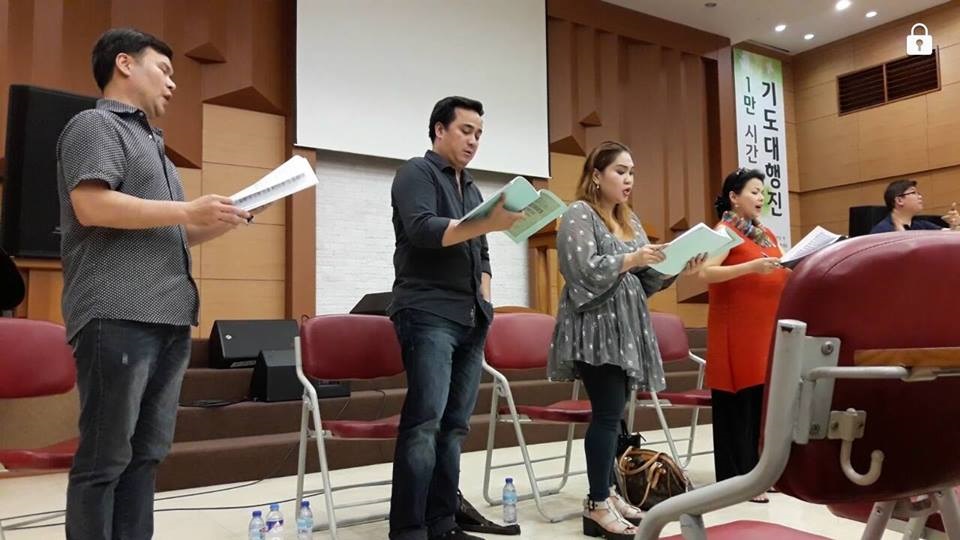
Beethoven’s Ninth |Symphony with the PPO under Maestro Yoshikazu Fukumura will be on Friday, 8 p.m. CCP Main Theater.
It will also feature Japanese soprano Shoko Fukuda, Filipino alto Camille Lopez-Molina, Japanese tenor Hiroshi Watanabe, Filipino bass Noel Azcona and a chorus of 100 members from the University of the East Chorale, Philippine Vocal Ensemble, University of the Philippines Los Baños Choral Ensemble, and Technological Institute of the Philippines Choral Society. It will open with Beethoven’s Symphony No. 1 in C and ends with Symphony No. 9 in D minor.
Another Beethoven Ninth on Saturday, October 15, 2016 2 p.m. CCP Main Theater features the ABS CBN Philharmonic under Gerard Salonga and soloists tenor Arthur Espiritu, soprano Rachelle Gerodias, mezzo soprano Krissan Manikan-Tan and baritone Park Byeong In with a 300 voice choir — the UP Singing Ambassadors and Koro ng Unida under Prof. Ed Manguiat. Free admission in this Saturday performance. For inquiries on the two performances, call the CCP Box Office at 8321125.)
